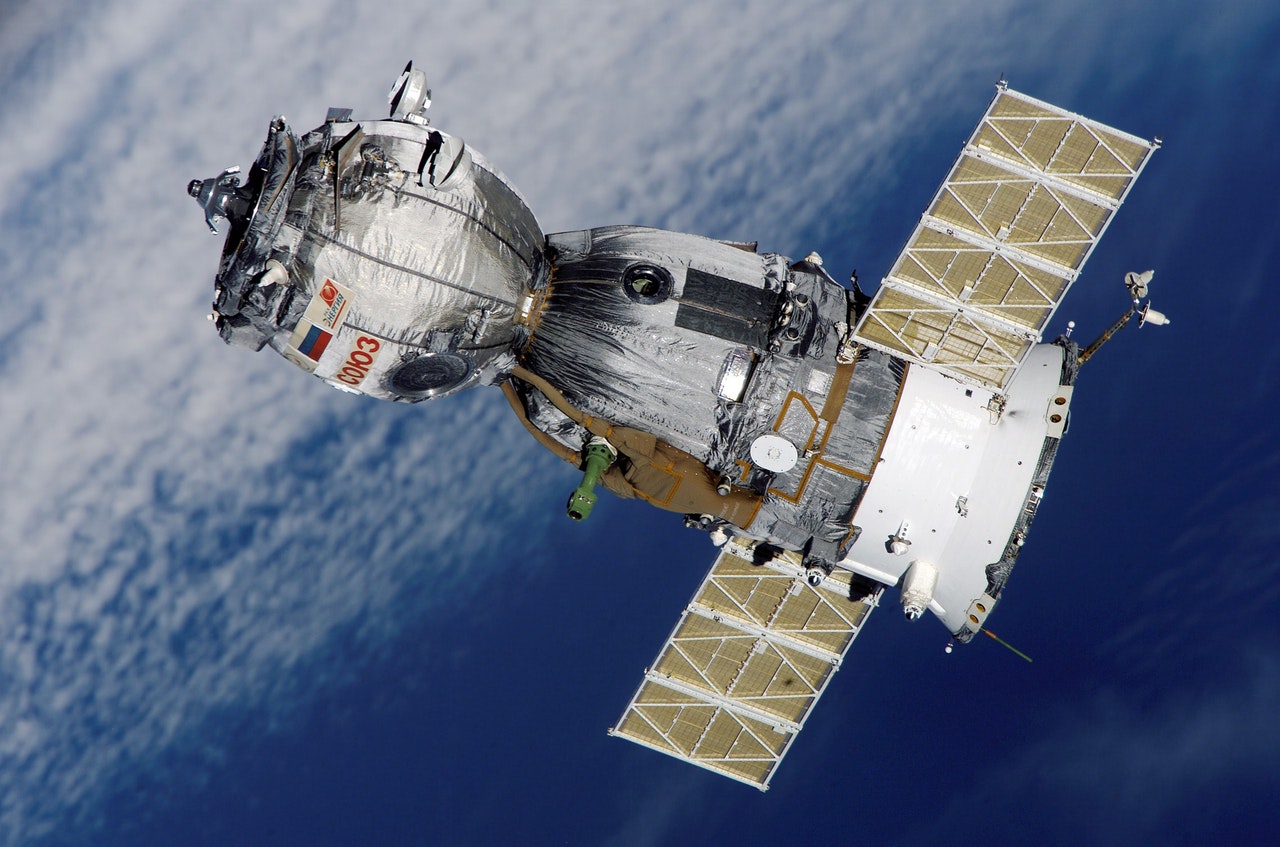Understanding the Threat Landscape:
In an era where satellites play a crucial role in enabling communication, navigation, and various other vital services, ensuring the security of these vital assets has become a matter of utmost importance. Australia’s satellite security faces various challenges and risks that demand a comprehensive understanding of the threat landscape. In this article, we will explore the challenges faced and risks associated with Australia’s satellite security, shedding light on the evolving threat landscape and the measures required to address them effectively.
The Significance of Satellite Security
Satellites have transformed the way we communicate, gather information, and navigate across the globe. For Australia, satellite systems are integral to many critical sectors, including defense, telecommunications, emergency services, weather forecasting, and remote sensing. They form the backbone of connectivity, ensuring reliable and uninterrupted services to support daily operations and decision-making processes. Consequently, the security of these satellite systems is vital to protect national interests, public safety, and economic stability.
Challenges to Australia’s Satellite Security
- Cyber Threats: The increasing sophistication of cyber threats poses a significant challenge to Australia’s satellite security. Cybercriminals and state-sponsored actors continue to develop advanced techniques to breach satellite networks, disrupt services, steal sensitive data, or gain control of critical systems. The ever-evolving nature of cyber threats requires constant vigilance and resilience.
- Physical Vulnerabilities: Satellite infrastructure, including ground stations and communication links, is vulnerable to physical attacks. These attacks can range from intentional physical damage or sabotage to theft of equipment or unauthorized access to sensitive areas. Protecting satellite infrastructure against physical threats presents unique challenges that require robust security protocols and surveillance measures.
- Space Debris: The increasing amount of space debris orbiting Earth poses risks to satellite security. Collisions with space debris can damage or destroy satellites, rendering them inoperable and causing disruption to critical services. Tracking and mitigating space debris poses a challenge that requires international collaboration and advanced technologies.
Actions and Strategies for Addressing the Risk:
- Cybersecurity Measures: Deploying state-of-the-art cybersecurity measures is crucial to protect satellite systems against cyber threats. This includes implementing strong encryption, regular security updates, intrusion detection systems, and conducting thorough risk assessments and audits. Collaboration between public and private sectors is essential for sharing intelligence and best practices.
- Physical Security: Enhancing physical security measures, such as implementing access controls, surveillance systems, and employing skilled security personnel, helps deter, detect, and respond to physical threats effectively. Regular training and exercises should be conducted to ensure staff readiness and awareness.
- International Cooperation: Collaboration with international partners is essential to address common challenges in satellite security. Sharing threat intelligence, best practices, and participating in global forums facilitate a united front against emerging risks and allow for coordinated responses.
- Technological Innovations: Investing in research and development is crucial to developing advanced technologies for satellite security. This includes secure communication protocols, increased automation, anomaly detection algorithms, and more secure satellite hardware design.
- Regulatory Frameworks: Establishing comprehensive regulatory frameworks ensures that satellite operators adhere to minimum security standards. Regular audits and adherence to international guidelines contribute to the overall security posture of satellite systems.
What Does This All Mean?
Australia’s satellite security landscape demands a multi-pronged approach involving technical advancements, collaborative efforts, and continuous monitoring. As the threat landscape evolves, the ability to identify emerging risks, adapt security measures, and stay ahead of potential threats becomes critical.
By investing in robust cybersecurity measures, enhancing physical security, fostering international partnerships, and embracing technological advancements, Australia can bolster its satellite security. Moreover, continuous research, training, and development of skilled personnel in the field of satellite security will remain essential to navigate the evolving threat landscape effectively.
Safeguarding Australia’s satellite security is not a one-time effort but an ongoing commitment that should be prioritized to protect critical infrastructure, ensure national security, and maintain the uninterrupted services that Australians rely on. By understanding the challenges and risks associated with satellite security and implementing comprehensive strategies, Australia can mitigate threats effectively and establish itself as a global leader in satellite resilience.





